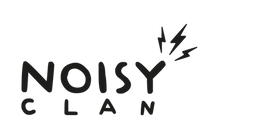If you have ever engaged in a creative process, you will have come across the overwhelming feeling of being stuck. That feeling of not being able to move forward creatively and make something new. This is a very common situation and can happen frequently throughout a project. There are obviously many different reasons for being creatively blocked. This could be situational. Do you have a safe place to create in? Are you overwhelmed with other areas of your life? No matter what, creating something from scratch is hard.
Design projects often feel this way too. At work you rarely have the luxury of creative blocks. As a small company we don’t have much time to spend standing still. We have to move our projects and designs forward daily. There is a lot of overlap between product design and other creative endeavours. Here are four ideas that should keep you moving on any creative endeavour (in no particular order):
Have a safe place to create in.
It is hard to create in an environment of criticism. Find a place that welcomes even your craziest ideas. This could simply be an empty house that you can sing to without anyone overhearing. It could be a group of friends that you trust to be receptive. At work it can be harder, but the most creative workplaces are known to be open to wild ideas. You are your own worst enemy and harshest critic. An essential skill in any creative medium is being able to temporarily turn off your internal critic. Separate criticism from creation; they both are important but don’t need to show up simultaneously. An effective way to do this is just leaving time between these two actions. Record yourself and then listen to it later. You will react to it differently than at the time of creation.
Just get stuff out.
When something becomes real it is so much easier to change and add to it than when the idea is just stuck in your head. One of my favourite quotes from Scottish singer songwriter and educator David Scott: “You can’t edit thin air.” Give yourself something to react to. When something becomes real you are going to react to it viscerally and in unanticipated ways. We expand the adage ‘a picture is worth a thousand words’ with, ‘a physical prototype is worth a thousand pictures’. Each step your vision takes closer to reality will generate different reactions. You can’t predict how you are going to react.
Constrain your vision.
A blank piece of paper is probably one of the most intimidating obstacles to face. To make it easier, make the task you are trying to solve much smaller. A quick trick is to constrain how long you have for the task. Only give yourself 5 minutes and set a timer. It’s amazing how productive you can be in those 5 minutes. An example in songwriting: Rather than sit down to write a complete song simply task yourself to write ten, five second jingles or some other much smaller part of your project.
Talk about what you are trying to do to someone else.
Clarity is surprisingly hard to find in any endeavour. Just sharing your vision in a conversation is the first step in helping to clarify what you are trying to do. An outside perspective is also very helpful in shaping what you are trying to communicate.
A great visualisation technique that Jason Sweeney, a Scottish Singer/Songwriter shared with me is useful when writing from the Title. Type your title into google images. Set a timer for 10 minutes and look at the images that Google Image search presents to you based on your title. Write down everything that comes to mind.
For example: for an image of a man standing on a hill with his arms open Jason might write “As I stand on this mountain with my arms in the air” and he just keeps on writing and writing. He uses the images as springboards for his imagination and writes continually without any editing or formatting for the full 10 minutes. The more details he can describe or dive into from the images the easier it is to create rich lyrical imagery. He will write everything down whether it seems to relate to the original title or not. The goal is to switch off his internal editor and simply write three to five hundred words and phrases down. Then he will set another 10 minute timer and look at rhyming pairs for words trying to be as broad as possible looking at perfect and near rhymes. At the end of the two sessions he will have a lot of material that can then be plucked from for the song he is working on and at a later date for other songs.
Creating is hard. Editing is easier. Having something to react to is the key element. Use whatever tools work for you to create something that you can then react to. Images can spark this process. Commit to a short time frame and silence your internal critic in order to create a pool of material to draw from for your creative projects.








